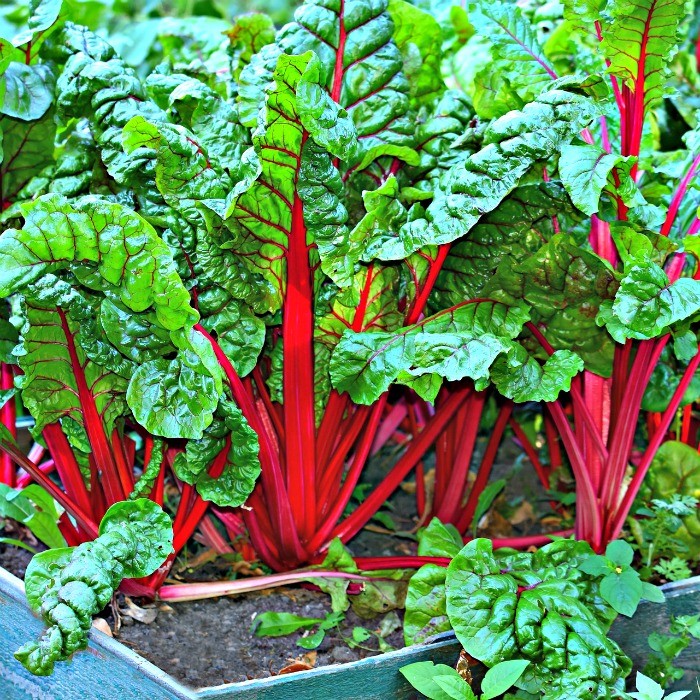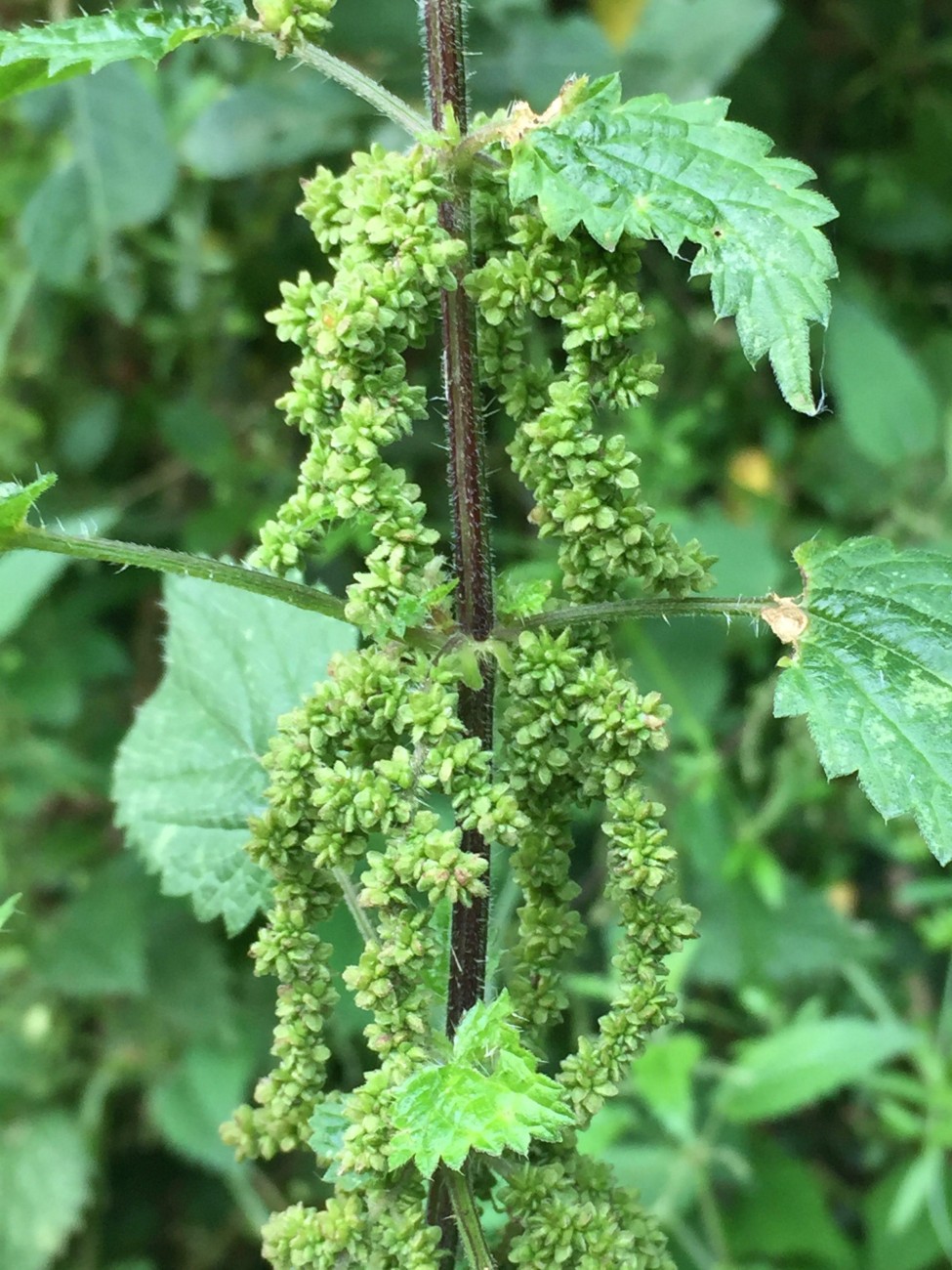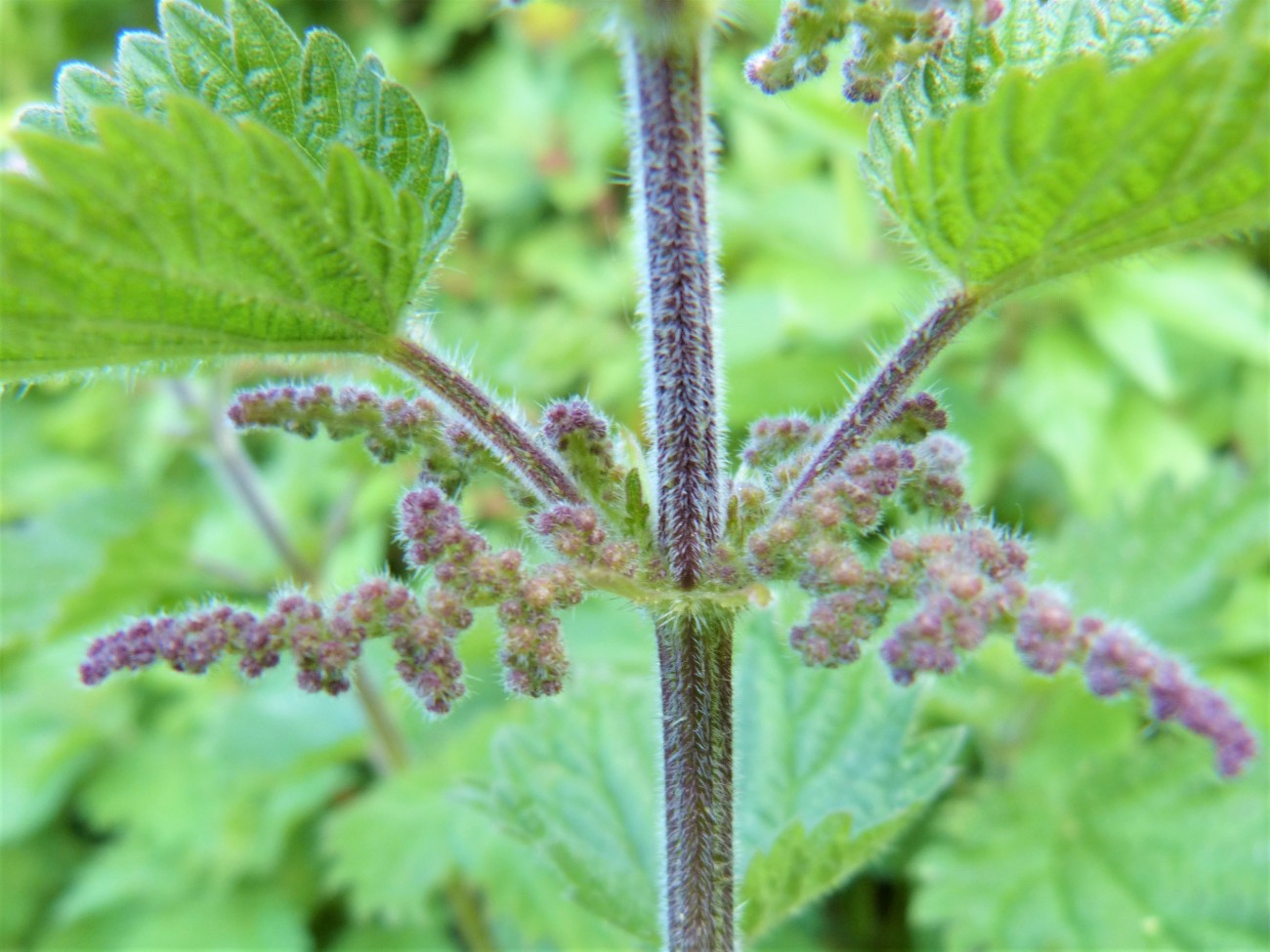It’s been an odd month, weatherwise, but nature carries on, though with different results. My greenhouse tomatoes are doing alright and have been picking them for several weeks, though it’s been a bit of a struggle to keep the blossom end rot at bay. Anyhow, they all have trusses set and nearly all the outside tomatoes do, so I’ve moved on to potassium-rich homemade comfrey fertiliser, with a dash of seaweed extract for them. 
I also use the comfrey tea on my courgettes, which have been producing fruit for the table for several weeks now. Mrs A fries the male flowers in butter. Tasty and keeps the plant under control.
I also get a good flow of perpetual spinach and Swiss chard, which I will be sowing again soon to keep us going over winter.
I’ll also be sowing the final batch of beetroot, coriander, runner beans, pak choi, peas and Durham early cabbage.
Not much else to do really, just a bit of weeding, dead-heading and the never-ending hunt for pests like slugs and snails and, right now, aphids and caterpillars.
I have a big lawn but leave it almost entirely to my robot mower. It’s good enough and I don’t care if it’s half clover. It feeds the lawn as it cuts, as it just drops the tips of the grass blades, thus providing the lawn with many essential nutrients.
I seem to specialise in growing not exotic plants but erotic ones (see June). Anybody know what aroused these tomatoes? 
The hardest work for me right now is the compost heaps. I have plenty of green (nitrogen) material but struggle a bit for brown (carbon). Shredded branches and cardboard do for the most part. For some reason I’m struggling to get it up this year. The temperature of the heaps stubbornly refuses to go over 50°C. Last year, doing exactly the same thing, it went up to 67°C. Any ideas why this might be? I turn the heaps in June and July, when all the grass snakes and their eggs have gone. I have nice big pile of lovely dark, rich compost ready to go on the beds in late Autumn.
I’m pruning and pinching out the tomato vines by the book, and all the suckers and lower stems and leaves go in a water butt I fill with rainwater. I’ll chuck in some wood ash later and that will do for tomato fertiliser next year. Plants store their nutrients in their leaves, so by rotting down the cuttings they will be transferred to the water and on to next year’s tomatoes. I do the same with nettle and comfrey leaves. 
Late July to about the end of August is time to harvest the most nutritious part of one of the most nutritious plants on the planet, stinging nettle seeds. While the whole plant contains vitamins (A and C) and minerals like iron, magnesium, calcium, and silicon, nettle seeds are also rich in fatty acids and vitamin E and K, antioxidants such as flavonoids, carotenoids, and polyphenols which help protect cells from damage due to free radicals. 
Nettle seeds (from the Common Nettle, Urtica dioica) contain triterpenes that have anti-inflammatory properties, which can help with conditions such as arthritis and can help relieve congestion of the nasal passages. Some reports say they may lower blood pressure and reduce the risk of heart disease by lowering cholesterol levels, produce healthy skin by reducing redness and irritation and also ease enlarged prostate symptoms. And we are not done yet, as it is also claimed that because nettle seeds contain quercetin and rutin, which have been found to have anti-allergic properties, they can help reduce hay fever symptoms, such as sneezing, itching, and runny nose, and are a stimulant to improve mood, appetite and sleep. Even better, they are also used as an aphrodisiac. 
A note of caution: be careful not to eat more than about 30 grams of the seeds per day as they can be over-stimulating and, like an amphetamine, prevent you from sleeping (although some people do experiment with nettle seed recreationally).
My nettle patch is positively dripping with seeds at the moment. But before you go to pick the seeds stop and look carefully, as there are male and female plants, and it’s only the female that produces the seeds. The male plant produces tiny flowers, much less abundant than the masses of seeds on the female and stand erect rather than drooping.
Get a few jars of seeds, dry them off, store them and use them in salads, soups or anything else you can think of. Click here for a video showing you what to do.